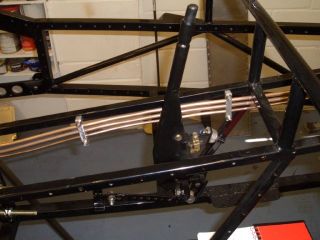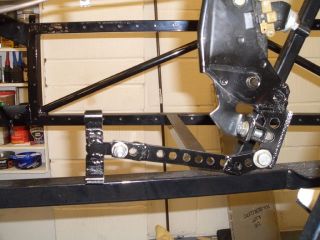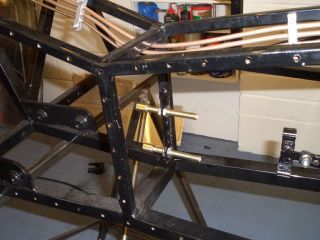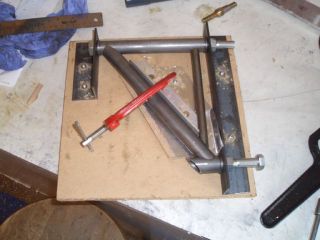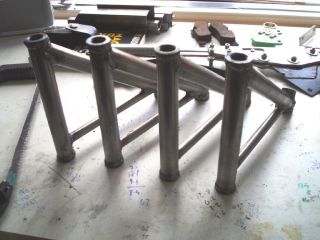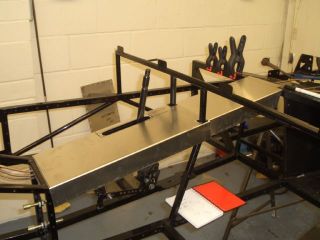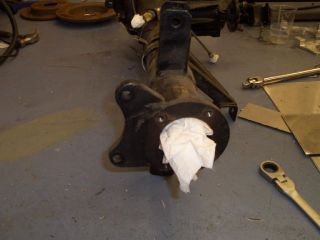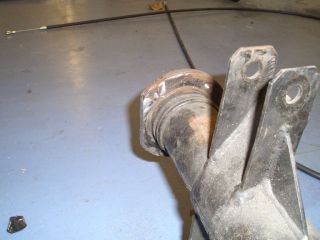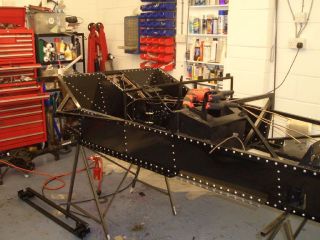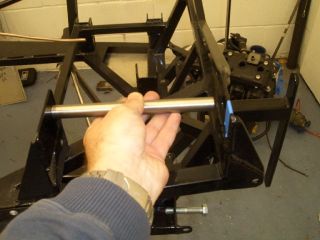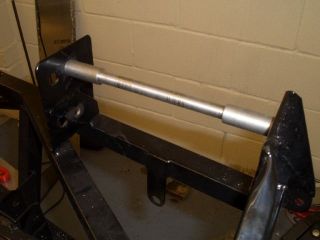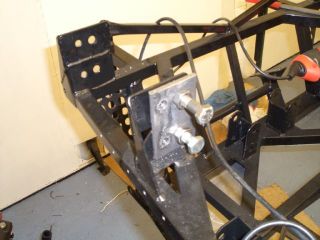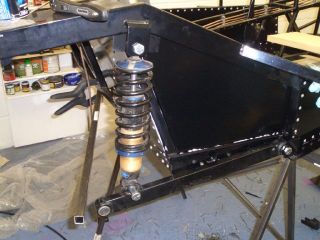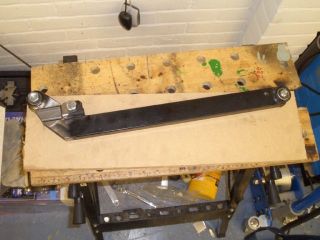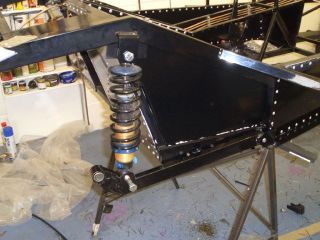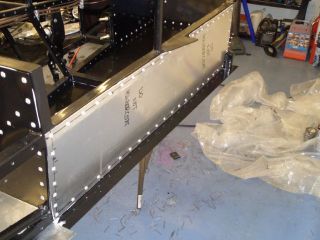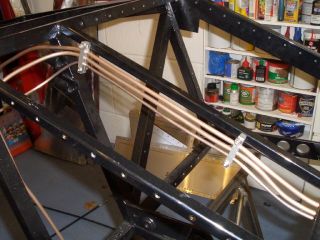
Now, I don't really like running stuff like that along the bottom of the transmission tunnel. Don't know why really, I just prefer having it at the top. But that makes it all rather a squeeze, so I decided to put the fuel rails and the brake line along one side, all held in place with some blingy aluminium split clamps. And there they are. Lovely.
Pointless, really, but lovely. Of course I should really have put them all down the other side to avoid them having to pass so close to the handbrake, but at the time I installed them the handbrake wasn't in place and I wasn't awake enough to spot the potential problem...
